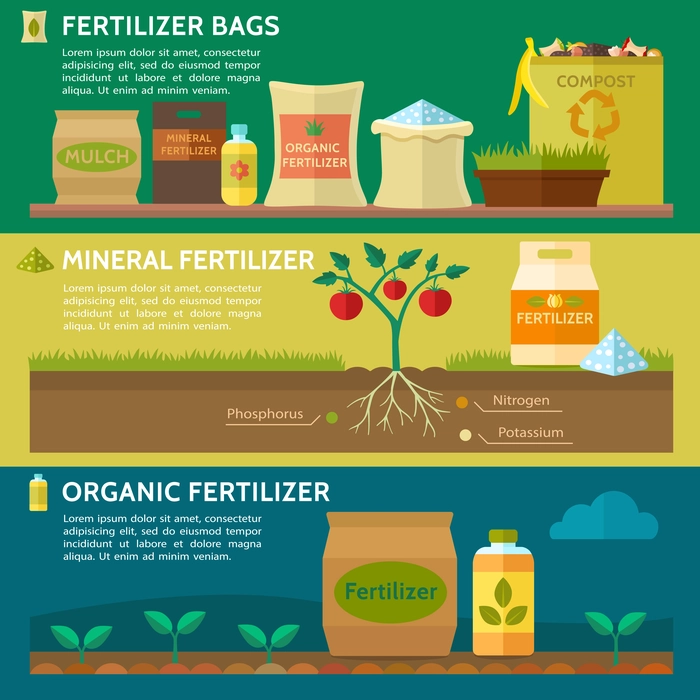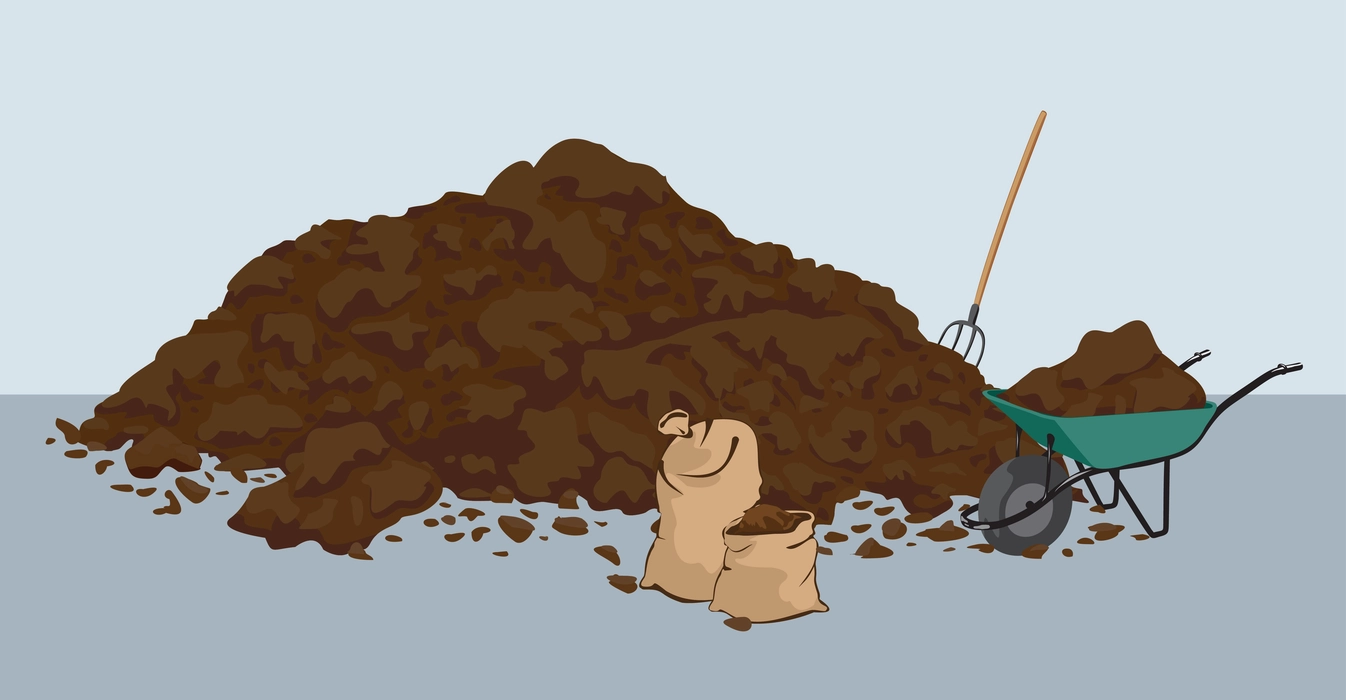Introduction
In India notably, agriculture has been practised for thousands of years without the use of artificial tools. Fertilizers that were developed in the middle of the 19th century were powerful, affordable, and easily accessible at the time, but they also had several negative side effects, such as soil erosion, water pollution, and animal body accumulation. To combat these side effects, efforts were made to find cures while simultaneously maintaining a high yield. In the 1930s, Albert Howard introduced an organic farming system to Britain by fusing his scientific techniques with traditional farming practices from India (manure, compost, and crop rotation).
What is Agriculture?
Agriculture derives from the Latin words “ager,” meaning “field,” and “colo,” meaning “to cultivate,” meaning to use or prepare a field or piece of land for producing crops. It also covers raising animals like cattle for dairy needs.
What is Organic Agriculture?
Organic farming is the practice of cultivating crops using organic farming techniques. Compost, manure, and green manure are examples of natural fertilizers used to boost fertility and plant growth. Crop rotation is one natural or biological technique suggested to improve soil fertility. The land is allowed some time to rest after raising a crop so that it can naturally regain its fertility.

Types of Organic Agriculture
Organic agriculture is categorized into two types.
Pure organic farming:
- In this kind of organic farming, farmers only utilize natural ingredients to promote plant growth, improve soil fertility, and stop soil erosion.
- It is best to avoid using any kind of pesticide because it hurt crops, important soil bacteria, and even people who eat the food.
Integrated organic farming:
- This method of organic farming, also known as the “Zero waste” technique, is carried out in such a way that residues or wastes are produced in “zero” proportions.
Aims of Organic Agriculture
- Protecting the environment
- Natural resource conservation
- Keeping the ecological balance
- Improvement of soil fertility
- Stop soil erosion
- Protecting wildlife and plants from the negative effects of artificial fertilizers and chemicals
- Maximizing agricultural production
- Reduce the number of chemicals we use to produce food
Practices Followed During Organic Agriculture:
- Crop rotation: To preserve soil fertility, different crops are cultivated in alternate years on the same plot of land.
- Green manure and cover crops: Green manure improves soil fertility and is good for crop plant growth. The term “cover crops” refers to plants whose primary purpose is to prevent soil erosion, but which also progressively mix with the soil as they naturally deteriorate and serve as green manure.
- Compost and manure are made consisting of organic materials that provide nutrients for plants, such as cow dung and other crop plant wastes.
- Bio pest control: By feeding on disease-causing pests, beneficial organisms found in soil can suppress harmful pests.
Steps Involved in Developing Organic Farms
- Using organic management techniques rather than merely conventional farming methods.
- Environmental conservation and wise use of natural resources.
- Only natural or biological approaches, such as crop rotation, manure, compost, and cover crops, are employed instead of synthetic media that use chemicals.
- Weeds should be pulled out since they compete with crops for nutrition and grow alongside them.
- Pest management by biotechnology for crops. the method of organic farming that is integrated.
Disease Management
- Because infections are a major factor in plants’ decreased output, disease management is necessary. This is accomplished by keeping beneficial organisms in the soil that feed on destructive pests that degrade plants.
- The major advantage of organic farming is that it preserves beneficial bacteria and fungi that would otherwise be eliminated by the use of conventional fertilizers and pesticides through a system of “checks and balances.”
- These microbes aid in preserving the soil’s ecosystem and inhibit the development of pathogenic bacteria and fungi.
Methods of Organic Agriculture:
- Weed management: Organic farming attempts to lessen the presence of weeds rather than eradicate it.
- Biological pest control: Beneficial microbes that are retained and not permanently destroyed keep harmful disease-causing microbes in check.
- Soil Management: As the most crucial factor in plant growth, soil management involves a variety of techniques. Cover crops, manure, compost, and the maintenance of beneficial organisms are among the measures used to increase its fertility.
- Polyculture: To quickly meet the need for food, many different types of crops are grown at the same time.
- Manure and compost: To increase output while causing the least amount of damage to the soil and plants, organic materials such as plant and animal waste are utilized to create natural fertilizers.
What are the Benefits of Organic Agriculture?
- Environmental protection is facilitated by reducing chemical use and the pollution that results from it.
- Since no toxic pesticides are applied, it protects non-target creatures, including people and animals, whose health is impacted when these chemicals build up in their systems.
- Because organic farming uses naturally produced manure, the high cost of pesticides is reduced.
- It helps to lessen erosion while also enhancing the soil’s physical attributes including fertility and water-holding capacity.
- Additionally, crop failure risk is decreased.
Disadvantages of Organic Agriculture
- It’s hard to find organic manure in large quantities.
- Even though ordinary Indian farmers’ agricultural methods are organic, they are not recognized as such and are nonetheless sold for the same prices as conventional (normal) farming produce.
- A regular farmer cannot understand the regulations of organic farming, which include production, processing, transportation, and crucial certification.
- Farmers don’t like certification since it is an expensive process that necessitates a lot of paperwork.
- Since organic farming uses special techniques, its products are typically more expensive for customers.
Frequently Asked Questions
1. Is organic farming a new or traditional practice in India??
Ans. Since the beginning, only natural methods have been utilized in India. Artificial methods only began to be used in the 19th century, but as soon as people realized the problems they brought, they quickly returned to favouring organic farming, not just in India but also in other foreign nations.
2. How is organic farming doing in India?
Ans. In India, there is a beginning of organic farming; just 2% of the land is used for organic farming; the remainder is used for conventional farming using synthetic chemicals. By 2030, this will be more successful.
3. What are the main advantages of organic farming over conventional agriculture?
Ans. Preventing soil erosion has several positive effects, including higher soil fertility, better growth conditions, and reduced water contamination. This is a significant issue with conventional farming.
4. What benefits do conventional farming techniques have over organic ones?
Ans. Advantages of Conventional farming: The plants created all have the same genetic makeup. Using this technique, plenty of plants can be grown swiftly. While some plants generate few or no seeds, others do not allow their seeds to germinate.

